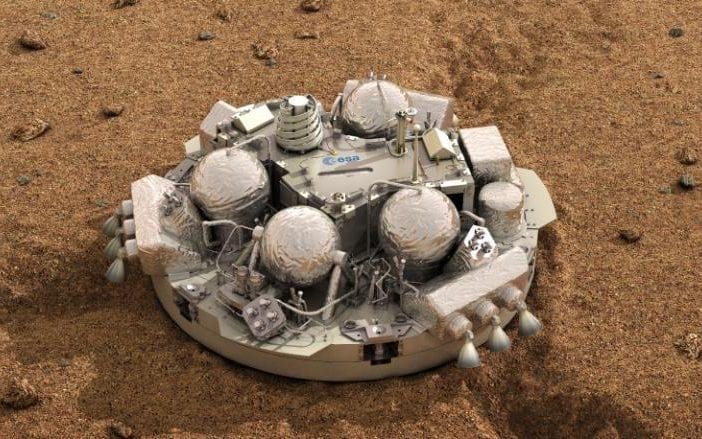
Scientists have lost contact with a European lander set to touch down on Mars on Wednesday, leaving them unsure as to whether it landed safely on the surface of the Red Planet, or crashed and fell apart, the European Space Agency (ESA) announced.
The Schiaparelli probe was one of the first stages of a bigger mission to search for signs of life on Mars. The craft was supposed to test technologies during its descent and also on the surface of the planet ahead of a rover to be sent to Mars in 2020.
The probe’s descent is only the second time European scientists have tried to land a probe on the planet, but it has failed to emit communication signals since it stopped transmitting some 50 seconds before it’s scheduled landing. In 2003, the UK’s Beagle 2 failed to contact Earth after it was not able to deploy its solar panels upon landing on Mars.
“We’ve had two overflights (by Mars orbiters) and there was no signal,” ESA Spacecraft Operations Manager Andrea Accomazzo informed the media on Thursday.
The main part of the Russian-European ExoMars mission, that is, to bring the Schiaparelli lander’s mothership into orbit around the Red Planet so that it could search for evidence of life, was deemed a success.
Scientists affirmed they received communication data from Schiaparelli during its descent into the Martian atmosphere and were able to confirm the deployment of its parachute and heat shield, which were designed to slow it from a descent speed of 22,000 km per hour.
But Schiaparelli’s thrusters, also designed to slow down the craft, only fired for a brief few seconds, much shorter than programmed. Scientists do not know how far off the surface the craft was when it stopped communicating.
“We need to understand what happened in the last few seconds before the planned landing,” said David Parker, ESA’s Director of Human Spaceflight and Robotic Exploration.
Scientists will study the data obtained so far, and hope to re-initiate contact with the probe before its energy pack dies out in a few days.

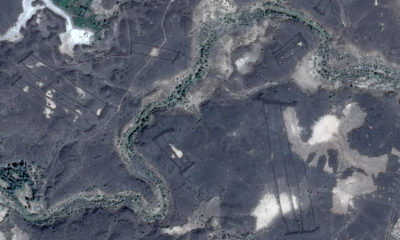

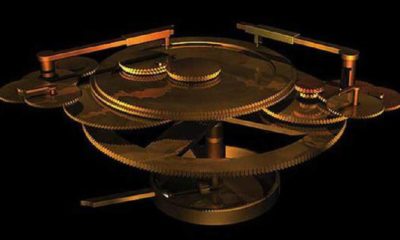

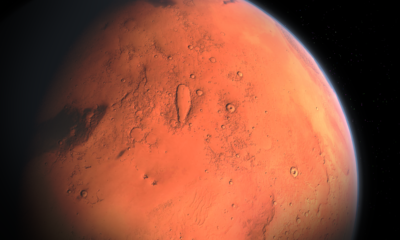



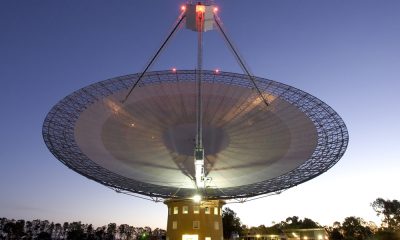





Facebook
Twitter
Pinterest
Google+
LinkedIn
Email